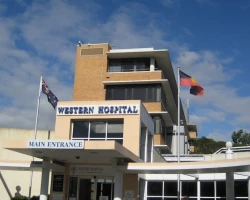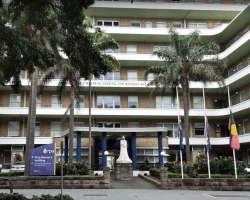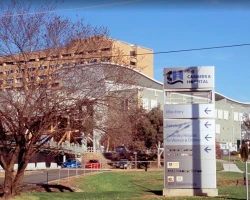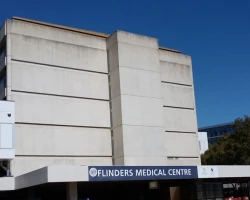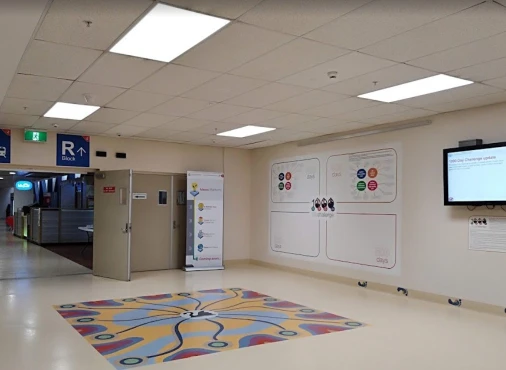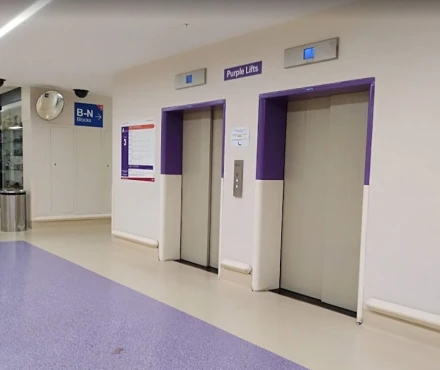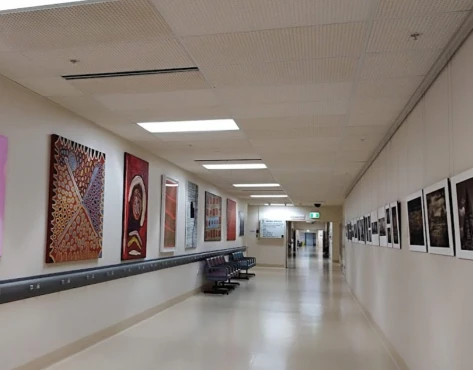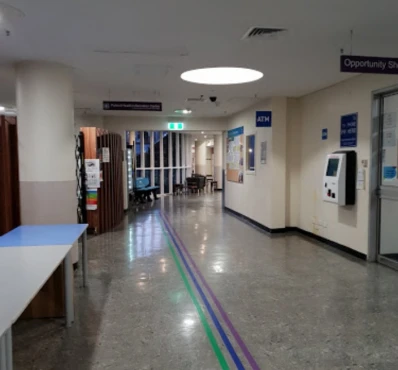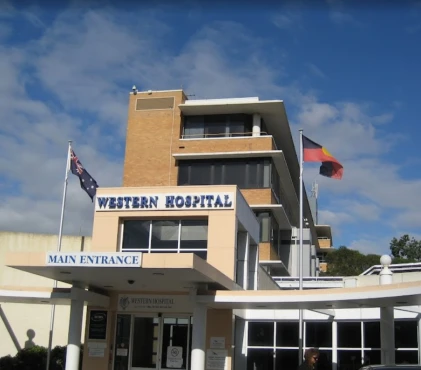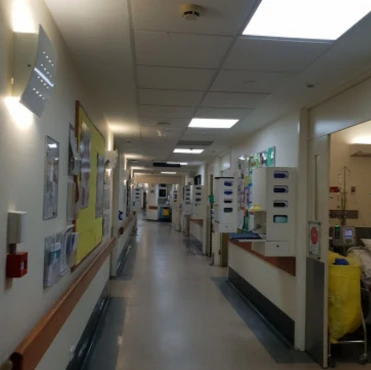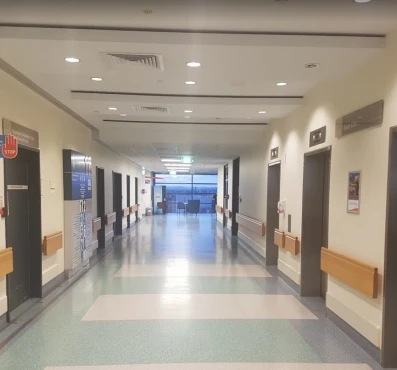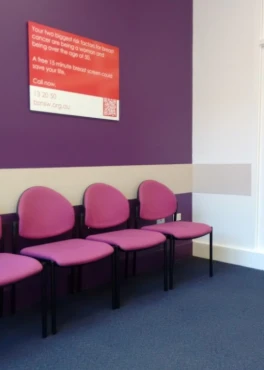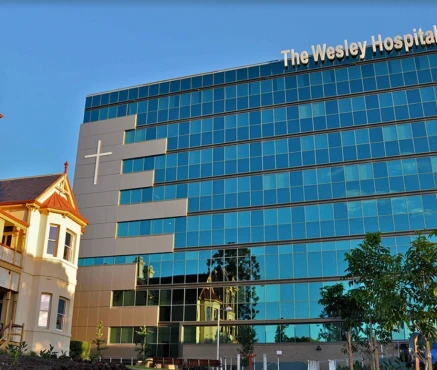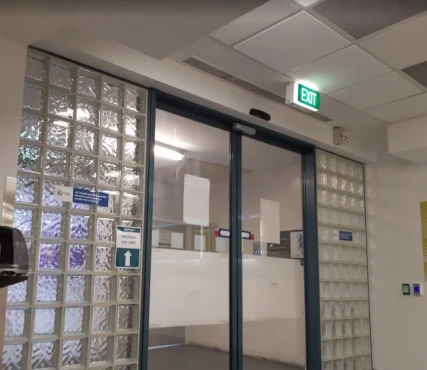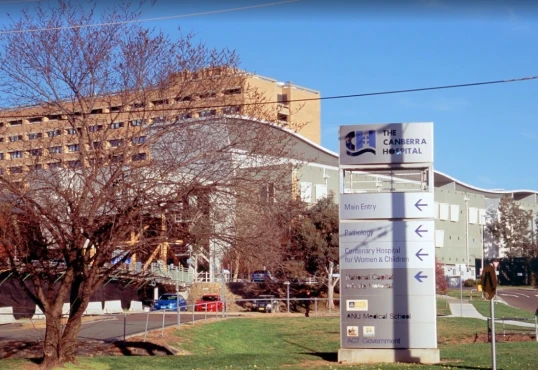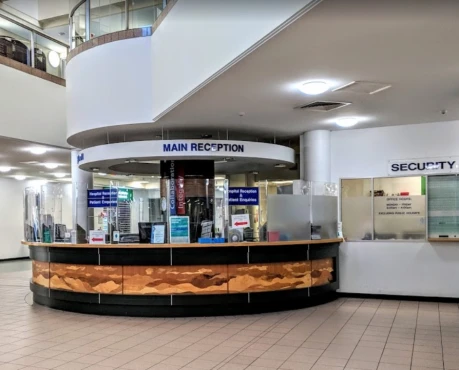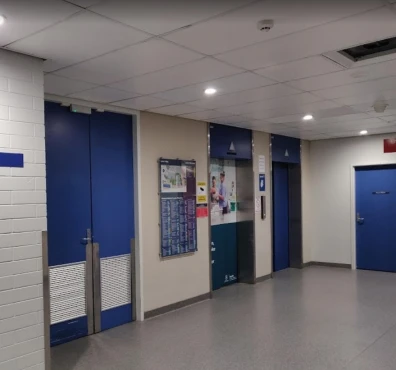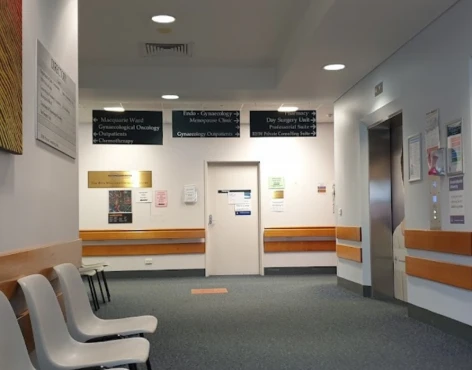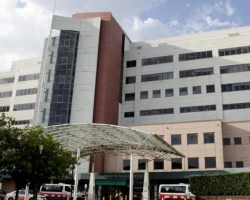Laminoplasty in 1 Spine surgery clinic in Perth
1 clinic specializing in Spine surgery providing
Laminoplasty
Laminoplasty is a surgical procedure performed to treat spinal cord compression in the neck (cervical spine). It involves creating a hinge on one side of the lamina to widen the spinal canal, relieving pressure while preserving spinal stability.
Read more...
procedure in Perth.
Besides this clinic there are 23 Spine surgery clinics in Australia.
Such diseases are treated by Royal Perth Hospital: Benign spinal tumor, Cervical spinal stenosis, Congenital spinal canal stenosis, Degenerative disc disease (DDD), Degenerative spondylotic myelopathy (DSM), and others.

Nearby clinics in Australia
Perhaps you should consider the following clinics we have found nearby basing on your Location, Procedure filters applied.
